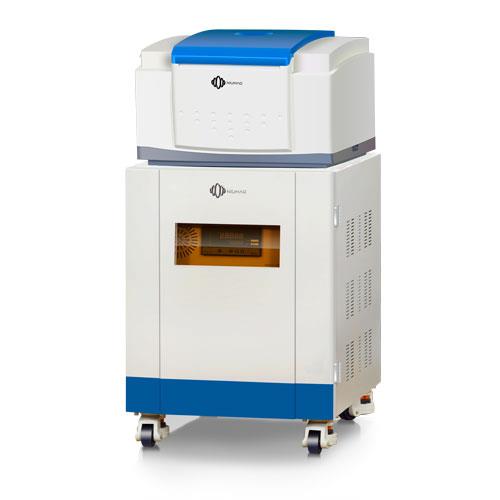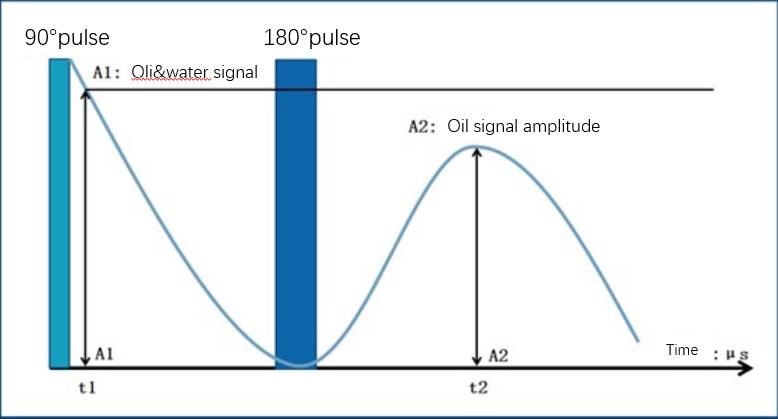Seeds Oil Content NMR Measurement
Seeds Oil Content Analysis
Oil crops are a class of crops that contain a lot of fat in their seeds and are used to extract oil for food or as industrial and pharmaceutical raw materials. There are mainly soybeans, peanuts, rapeseed, sesame, castor, sunflower, perilla, oily beans and so on. The seeds oil content can reach 20-60%. Fiber crops, such as cotton, flax, hemp and other seeds also contain a lot of oil, which is an important raw material for the oil industry. Perennial woody oil plants include coconut, camellia oleifera, oil palm, walnut and so on. The leftover oil meal contains a lot of protein and other nutrients, which can be used to produce non-staple food, and is also a good concentrate feed and fertilizer.
Seeds Oil Content Test by NMR
NMR is a rapid, simple and non-damaging technique for the determination of oil content in oil crops. This technology has been used for the determination of oil content in rapeseed, soybean, peanut, sunflower seeds and other oil seeds.
Seeds Oil Content NMR Measurement Principle
The signal value is proportional to the number of corresponding Hydrogen proton. According to this principle, the number of the Hydrogen proton can be calculated, and then calculate the water or oil content in the sample.
Hydrogen content (hydrogen proton) ∝ Detected NMR signal amplitude
Absolute content (oil content or water content) A= K *S+b, k is given by the standard sample;
Relative content (oil content or water content) A/m
Oil and water measured simultaneously
The simultaneous measurement of oil and water signals in dry seeds can be realized by appropriate TE time
A calibration obtained from a known quality standard sample can measure the oil (water) content in the sample
Seeds oil content NMR Test Conclusion
Seeds oil content can be tested by low field NMR analysis technology, the low field NMR also can test seeds water content of coffee beans, T2 distribution and imaging tests.
 Seeds Oil Content NMR Analyzer
Seeds Oil Content NMR Analyzer
 NIUMAG
NIUMAG



